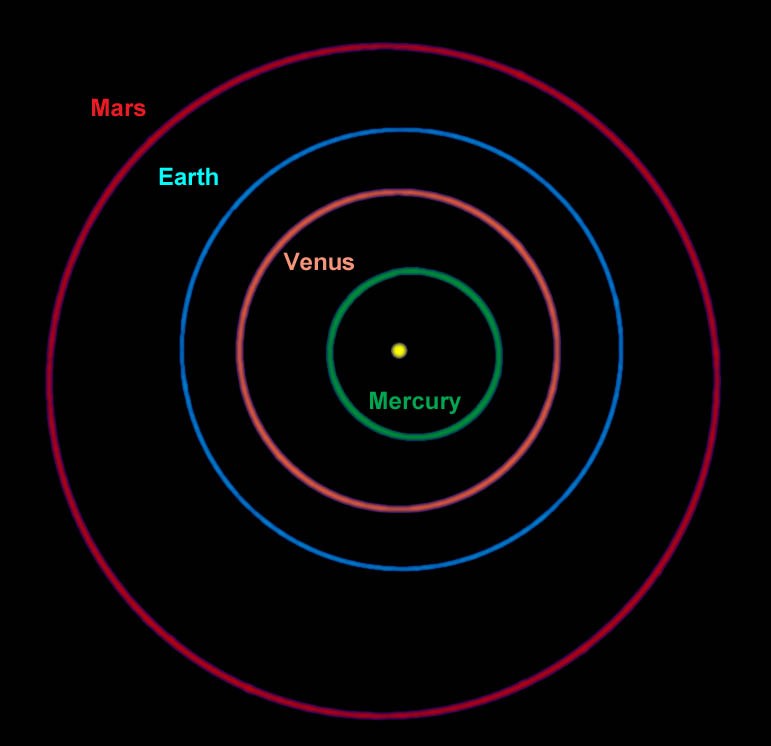The sheer scale of the universe often defies comprehension. Astronomical distances and sizes are so vast that they become difficult to grasp. This article brings the scale of our solar system down to Earth, allowing you to visualize just how big the planets are compared to our home.
Sizing Up the Solar System: A Scaled Comparison
To understand the relative sizes of the planets, let’s use a scale model. Imagine shrinking Earth down to the size of a small pea, about 5mm in diameter. At this scale, the International Space Station orbits a mere 0.15mm above our mini-Earth.
Our Moon, on this scale, is about 1.4mm in diameter – roughly the size of a pinhead. Its distance from Earth translates to 151mm in our model, about the length of a pen. A commercial jet, traveling at cruising speed, would take approximately 18 days to cover this distance.
The Sun, a staggering 109 times larger than Earth, becomes a beach ball with a 545mm diameter in our model. Its distance from Earth, known as one Astronomical Unit (AU), is a whopping 58.6 meters on our scale.
Inner Planets: Rocky Neighbors
Moving beyond Earth, we encounter the inner, rocky planets. Mercury, slightly larger than our scaled-down Moon at 1.9mm, orbits the Sun at an average distance of 22.7 meters. Venus, almost the same size as our miniature Earth at 4.7mm, orbits at 42.4 meters. Mars, significantly smaller at 2.7mm, resides 89.3 meters away from the Sun in our model.
Outer Planets: Gas Giants and Beyond
Venturing further out, we reach the gas giants. Jupiter, a colossal 56mm in diameter (about the size of a snooker ball), orbits at a distance of 305 meters from our scaled Sun. Saturn, with a 47mm diameter globe and impressive 107mm diameter rings, is located 562 meters away.
Uranus (20mm) and Neptune (19.4mm), though smaller than Jupiter and Saturn, are still giants compared to Earth, orbiting at 1.1km and 1.76km respectively in our model.
Beyond Neptune lies the Kuiper Belt, home to dwarf planets like Pluto. Our miniaturized Pluto, a mere 0.9mm speck, follows a highly elliptical orbit ranging from 1.7km to 2.9km from the Sun.
From Solar System to Stars: Expanding the Scale
To comprehend the vast distances between stars, we need a new scale. Let’s shrink the Sun down to 5mm. On this scale, Proxima Centauri, the nearest star, is a tiny 0.7mm speck located a staggering 145km away.
Even bright stars like Sirius (8.6mm) and Vega (14mm) are hundreds of kilometers away on this scale. Deneb, a supergiant star, would have a diameter of 1015mm and be located nearly 89,000km away.
Vast Distances and Immense Scales
This journey through the solar system and beyond highlights the immense scale of the universe. The distances between celestial objects dwarf their individual sizes. The emptiness of space is profound, leaving us with a sense of awe and wonder at the vastness of the cosmos. From a pea-sized Earth to kilometer-wide galaxies, the universe is a place of truly mind-boggling proportions.

